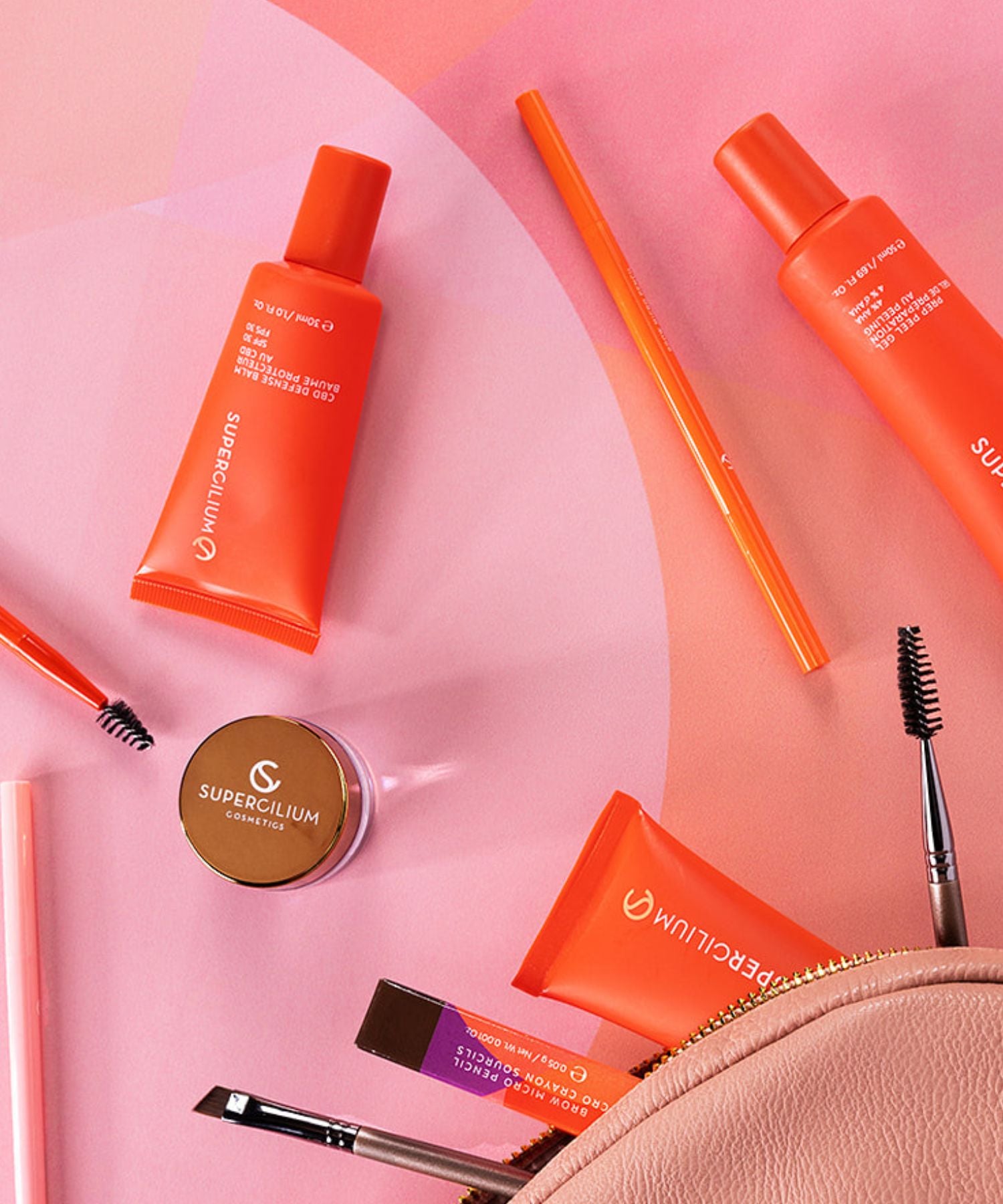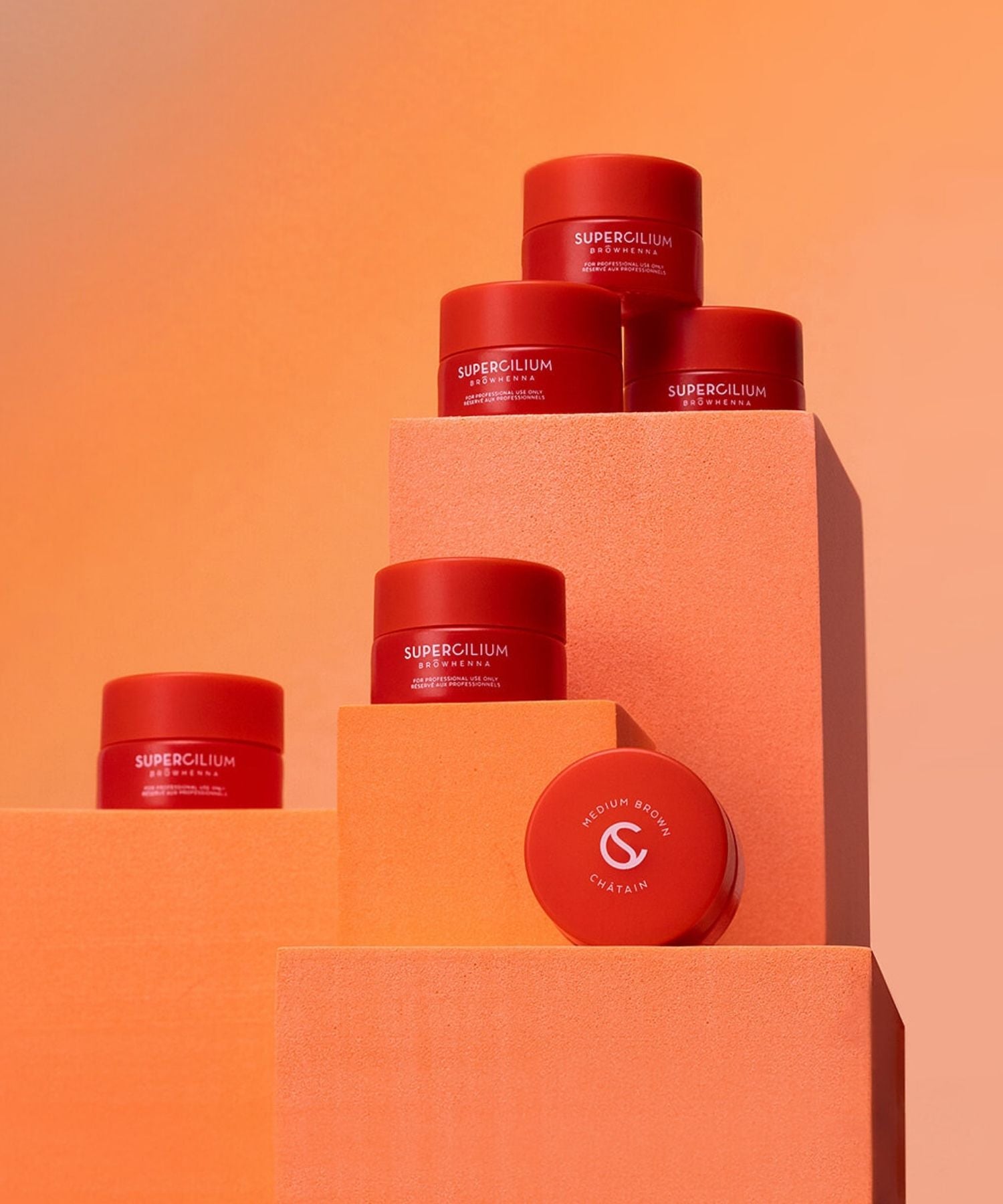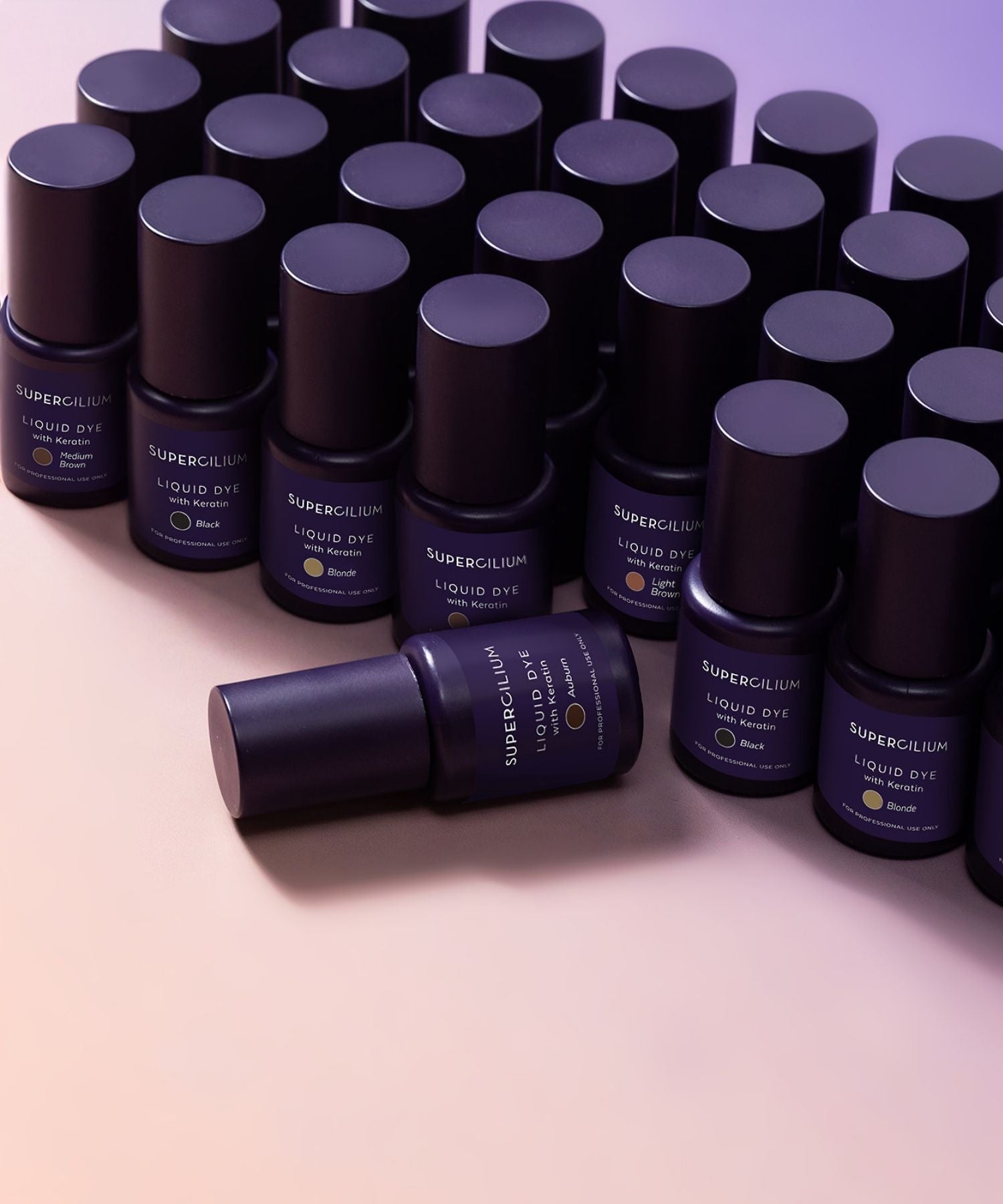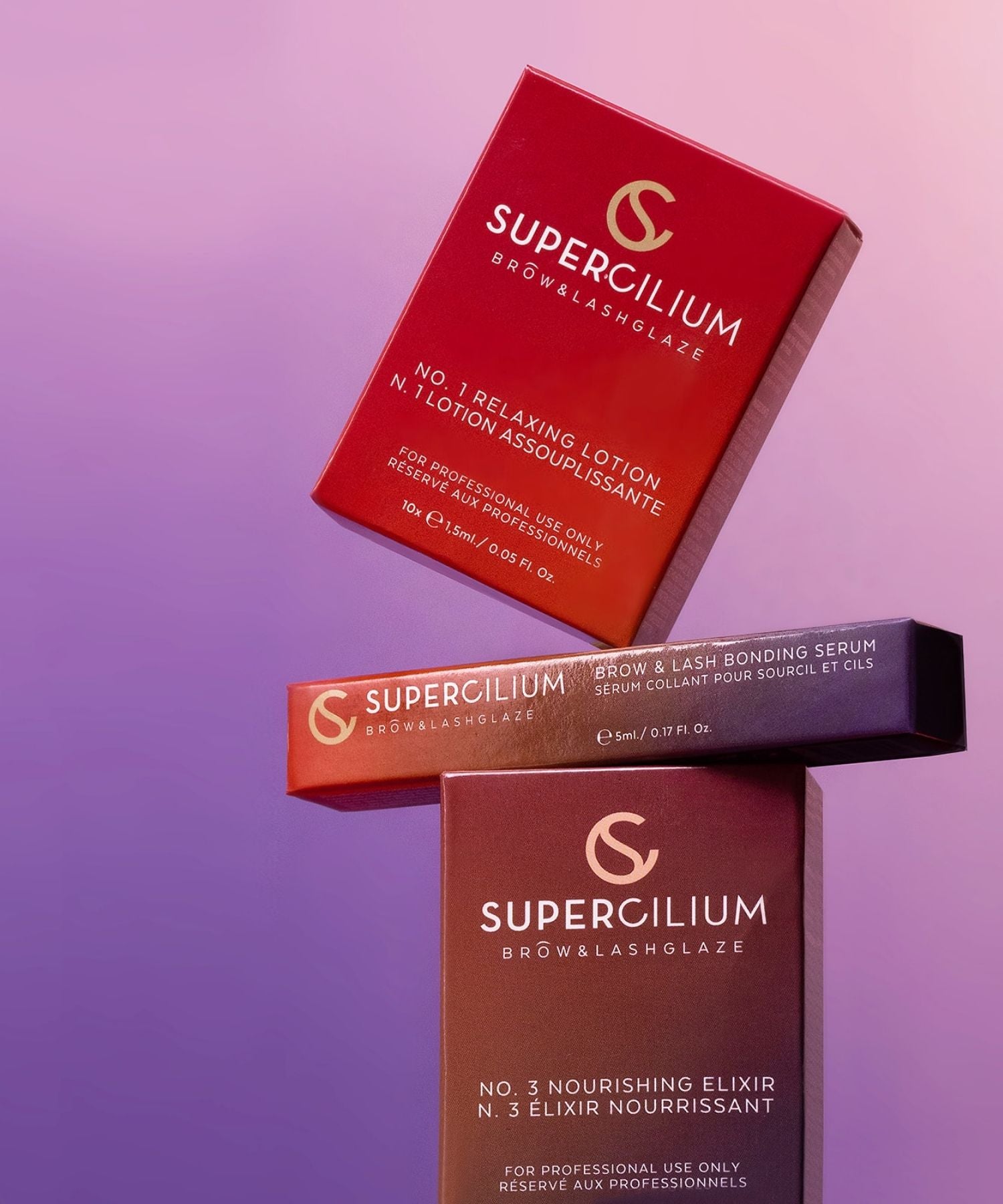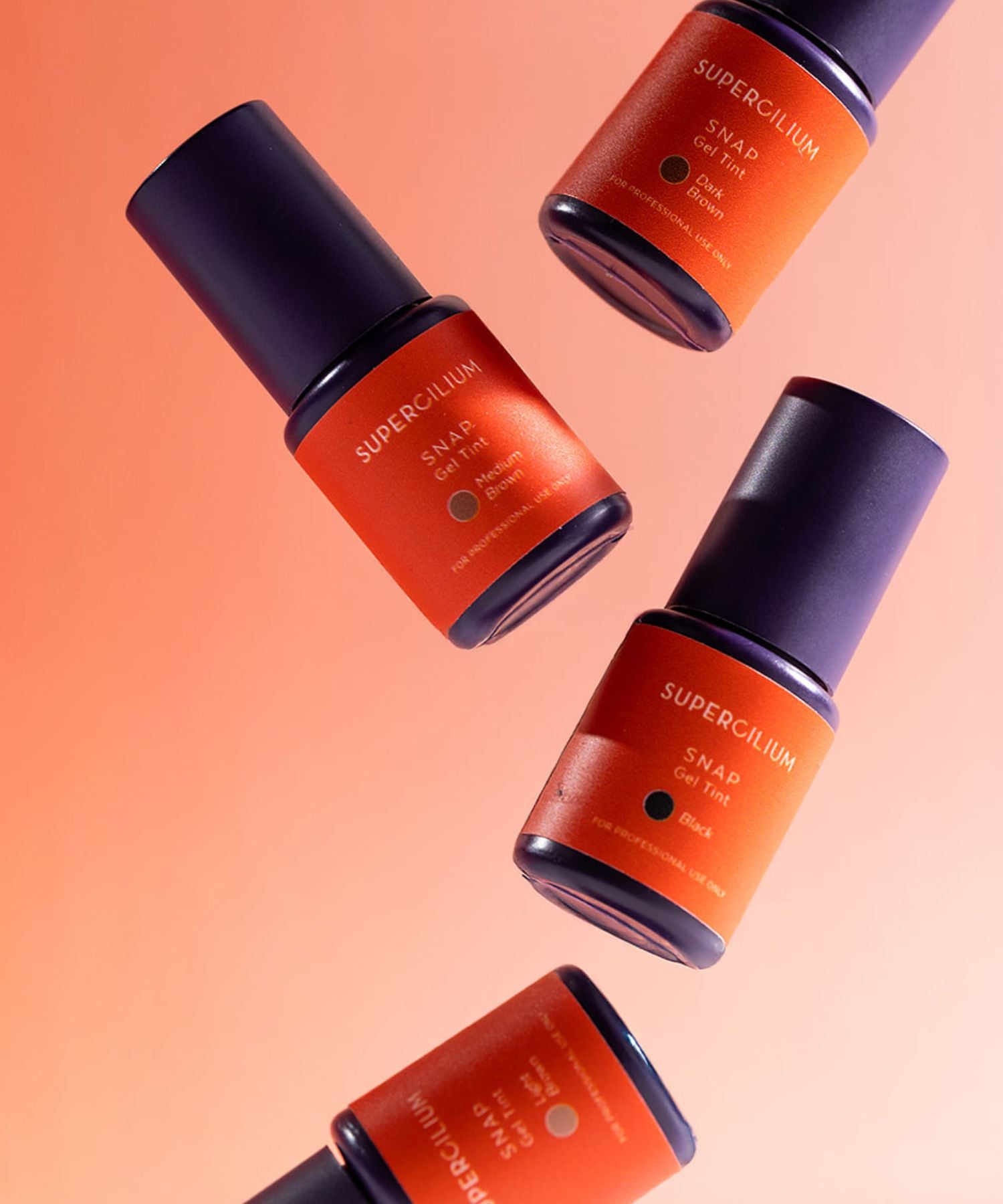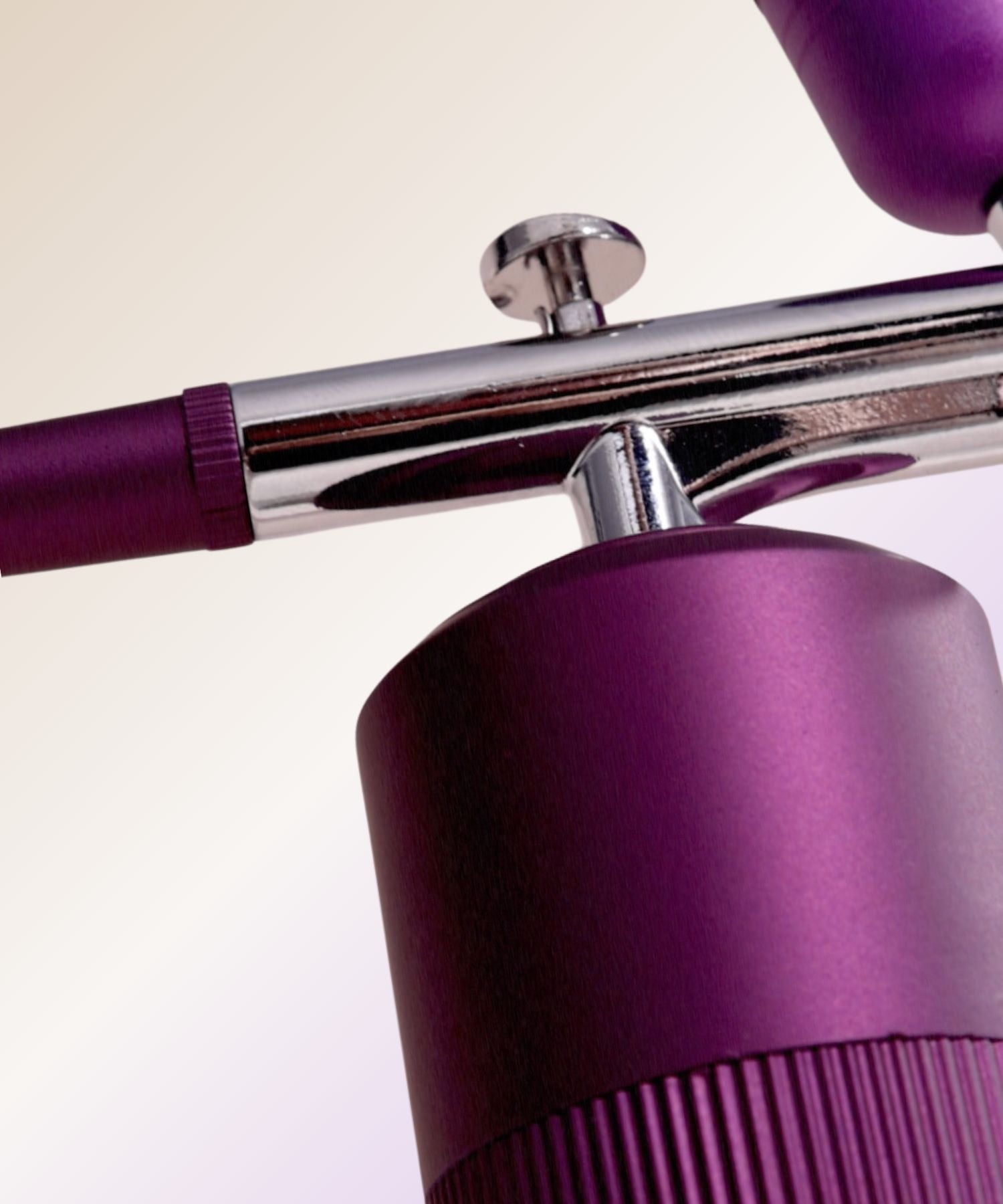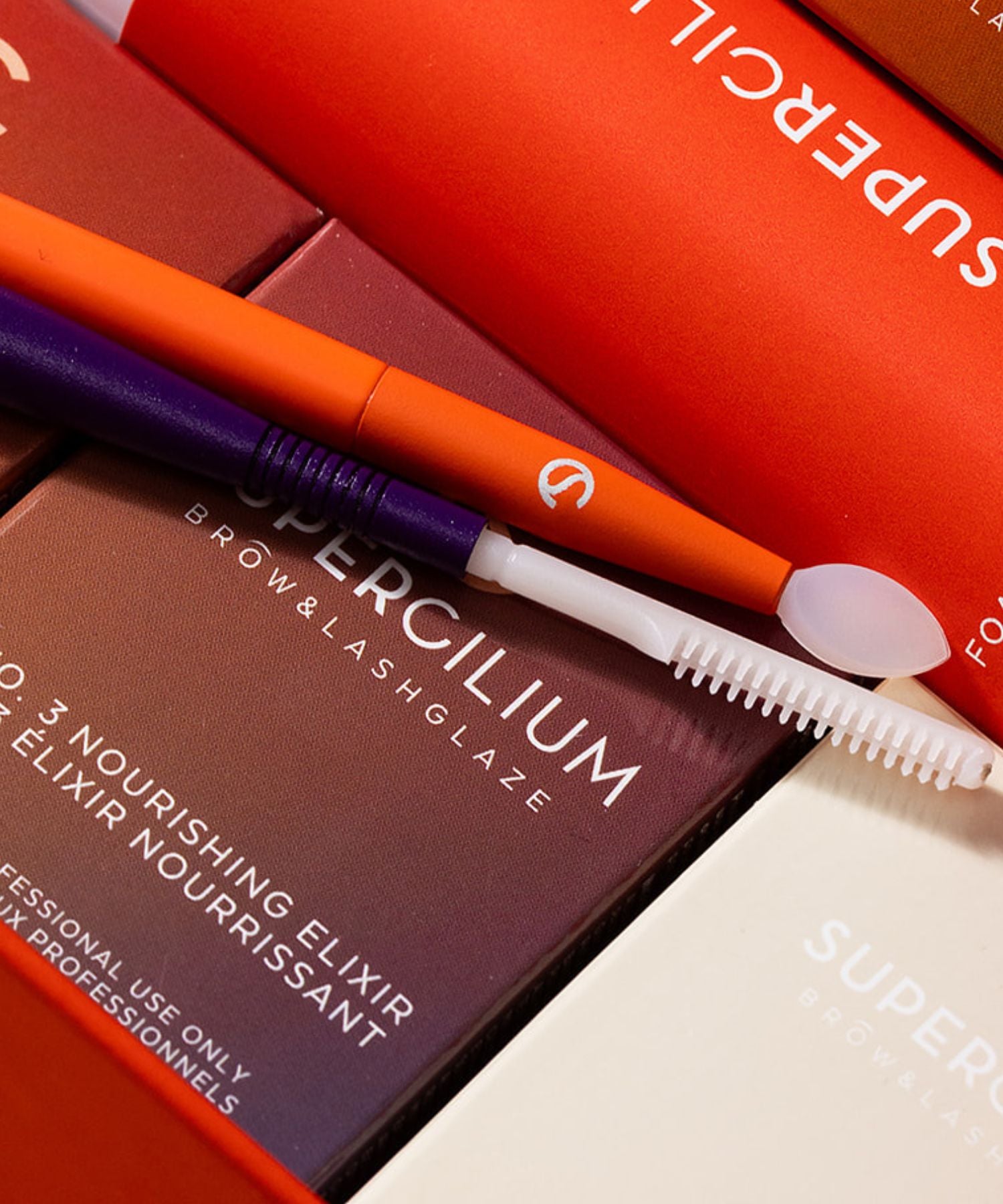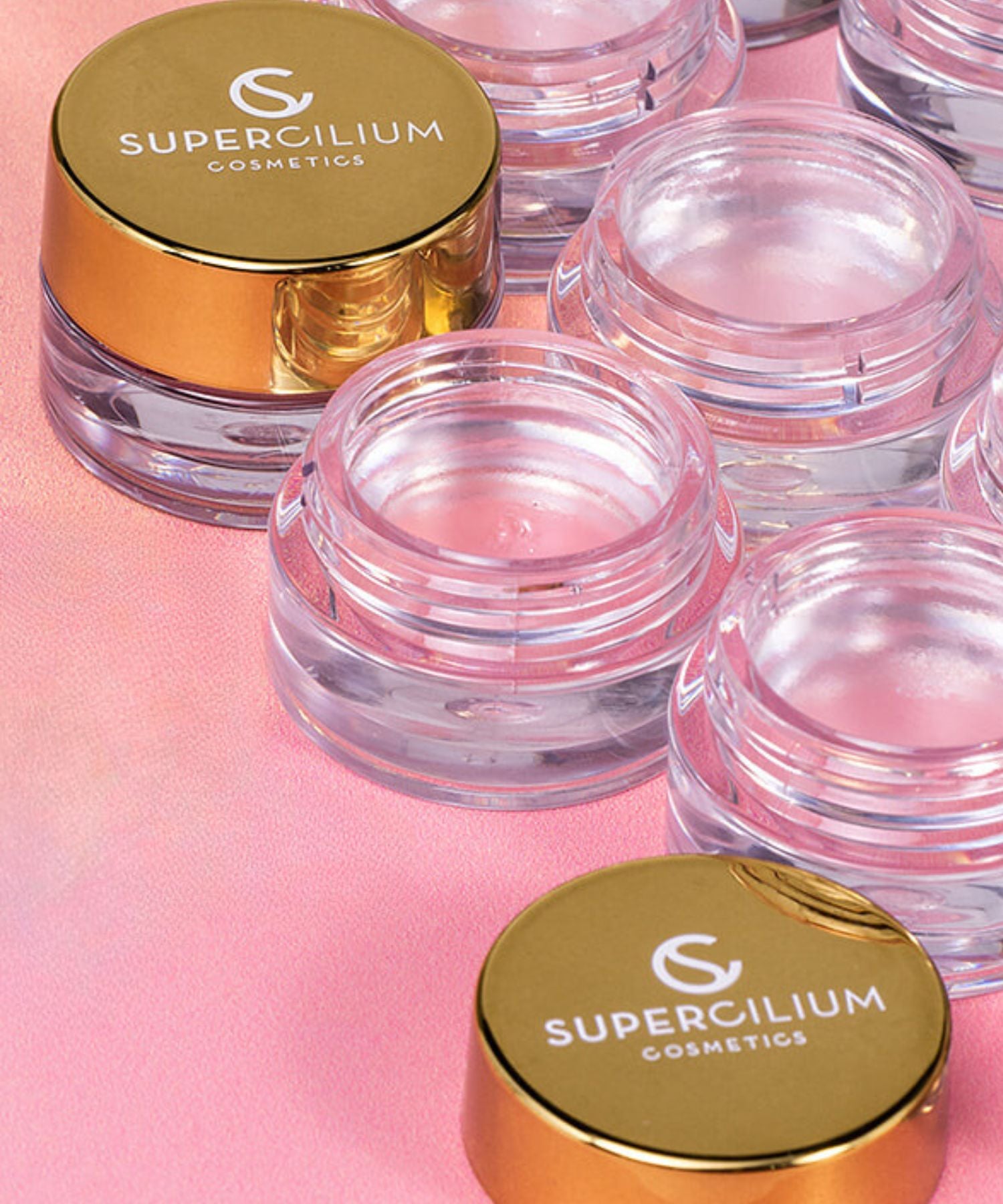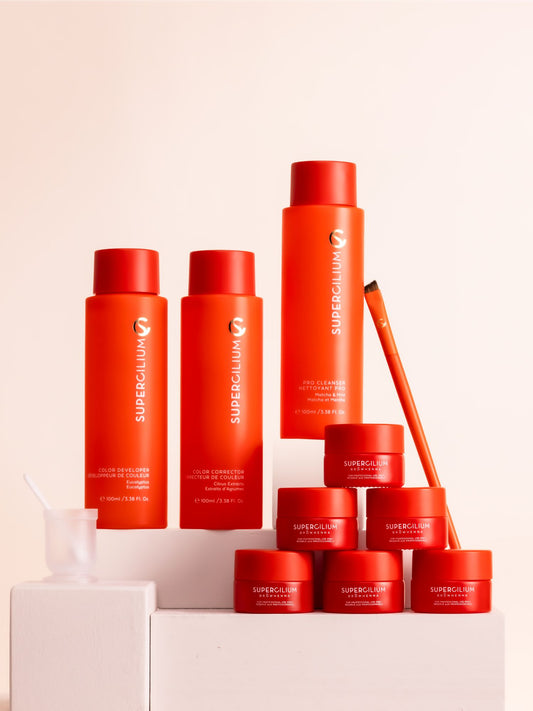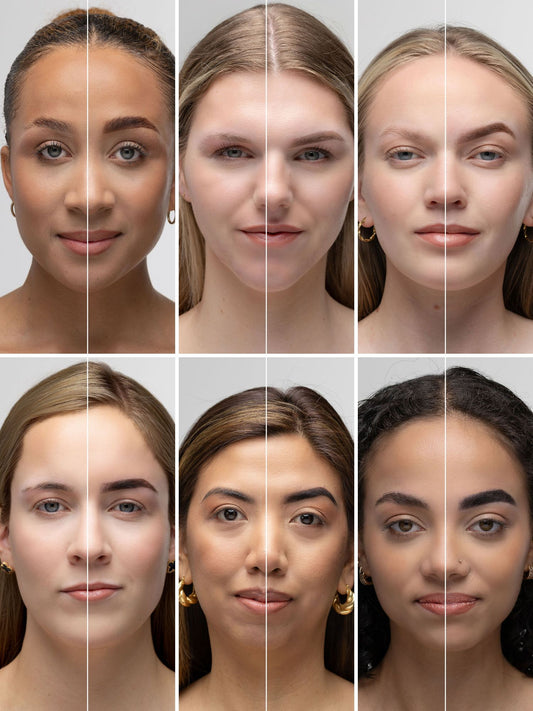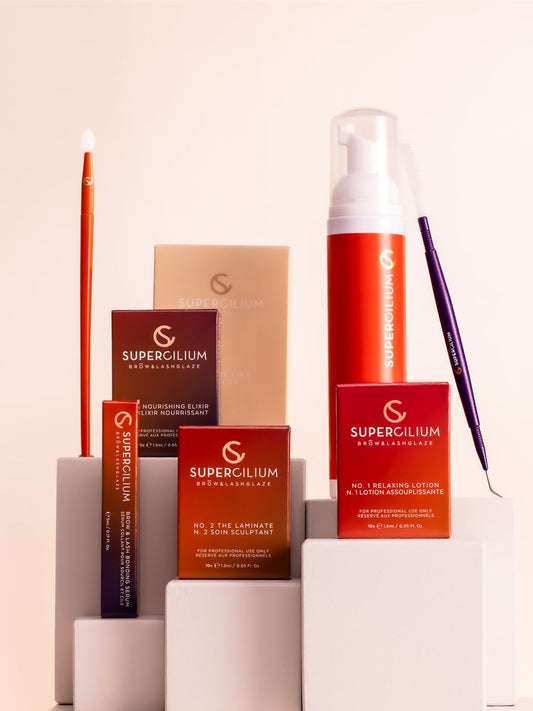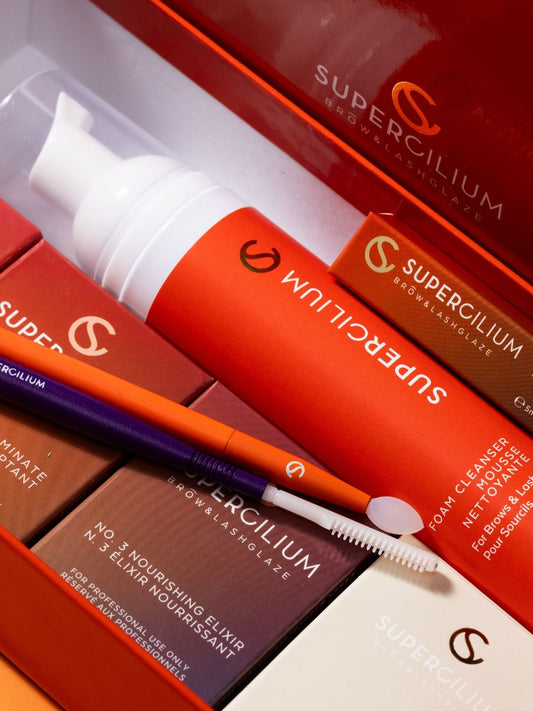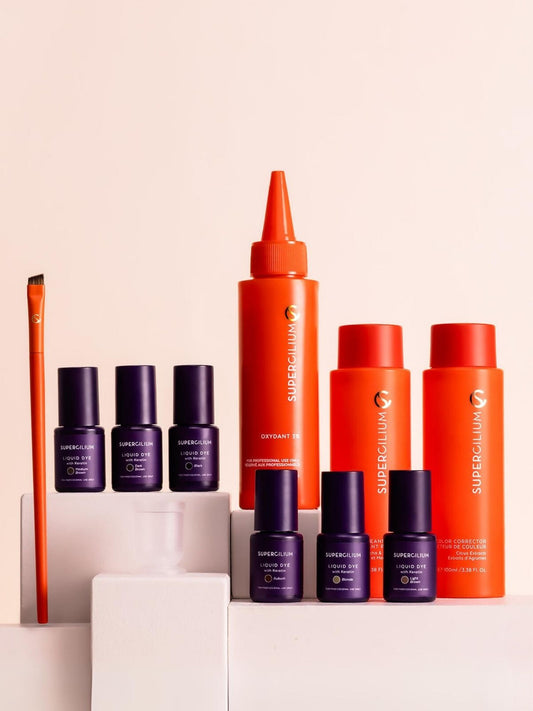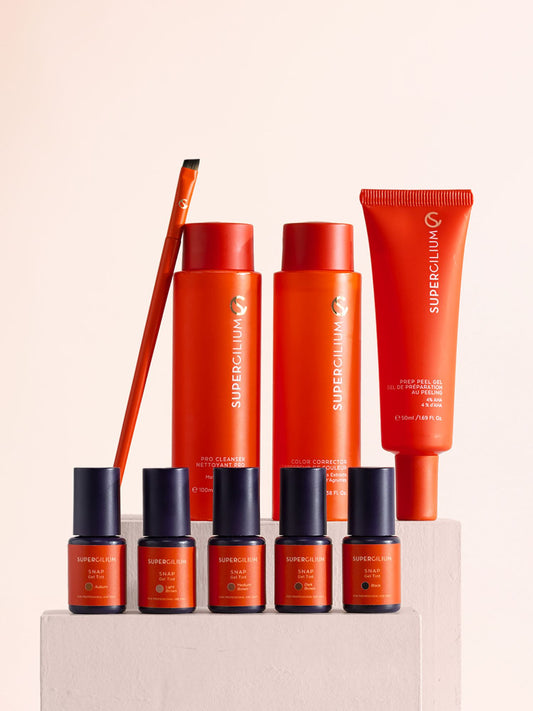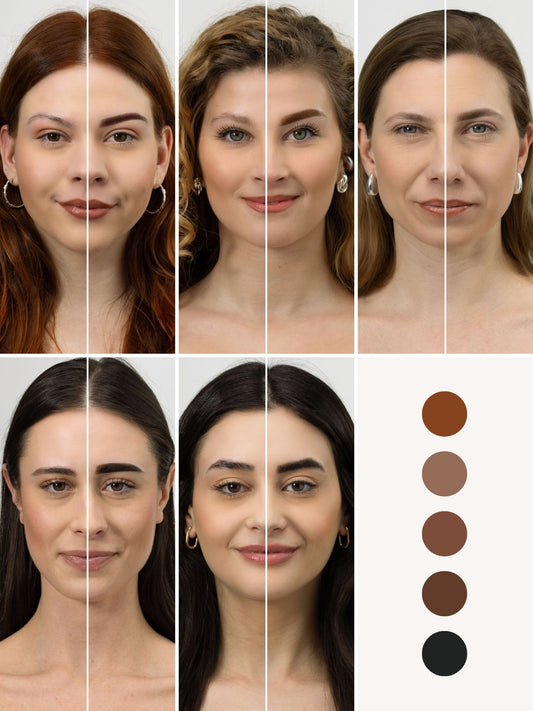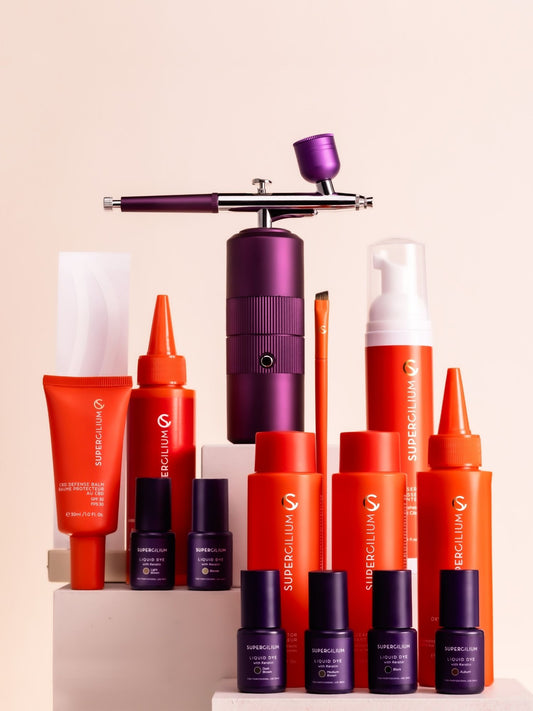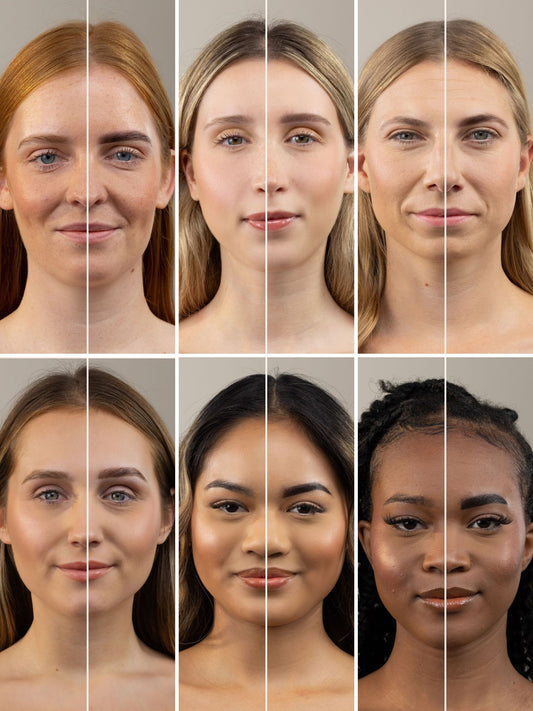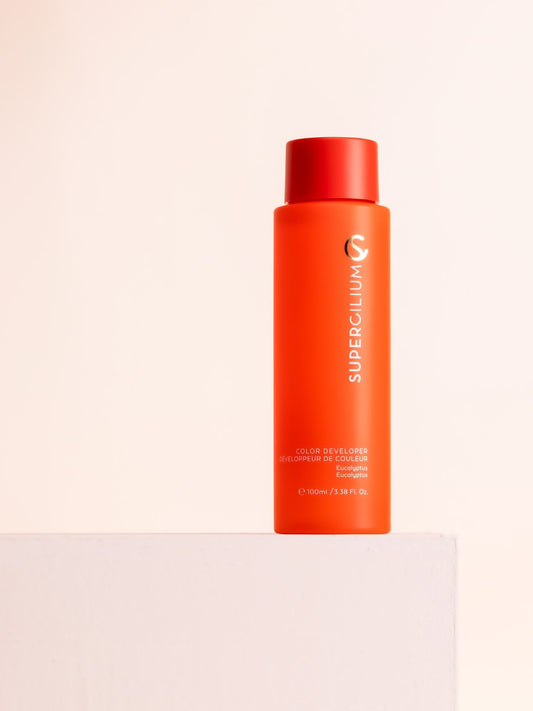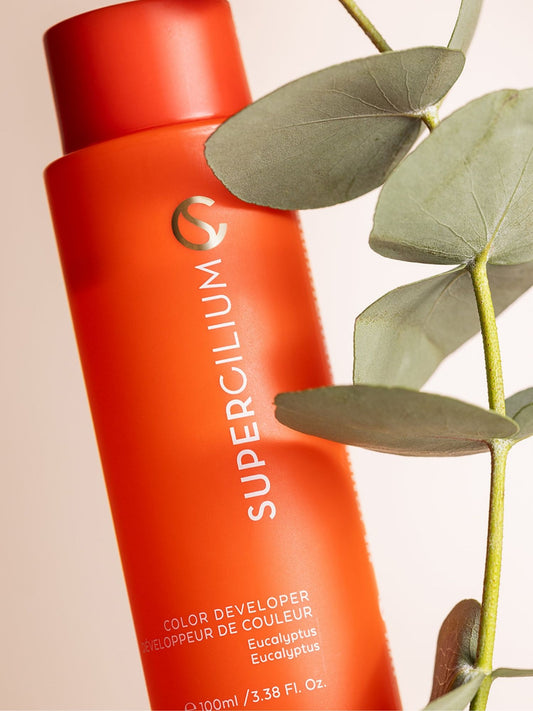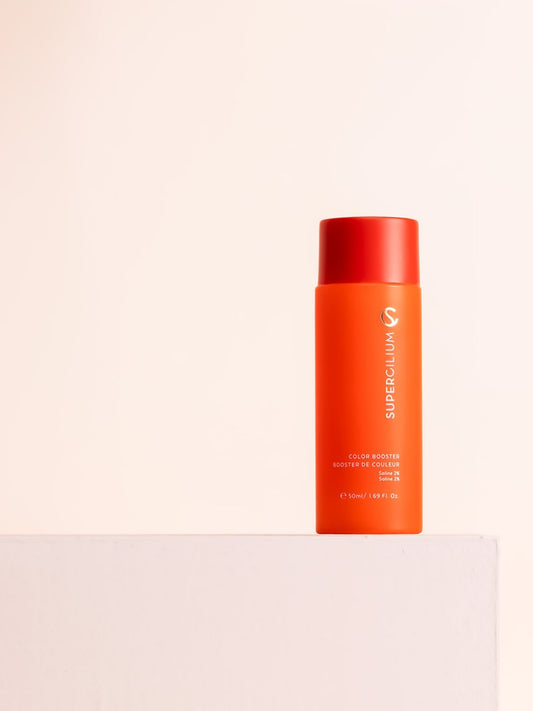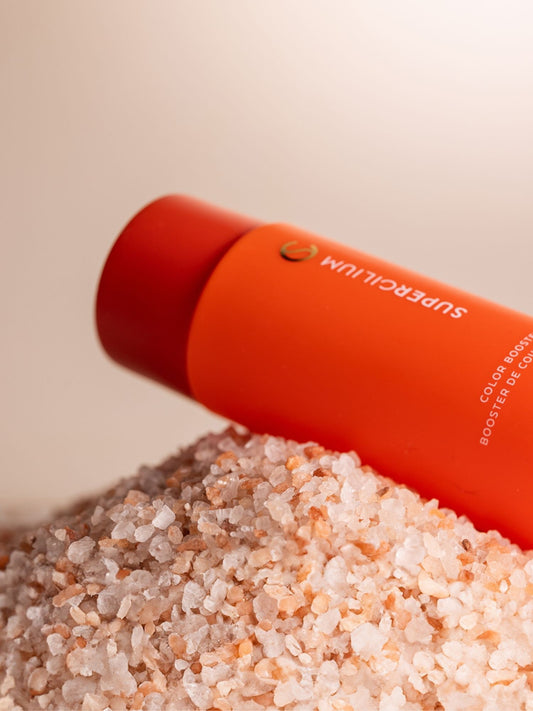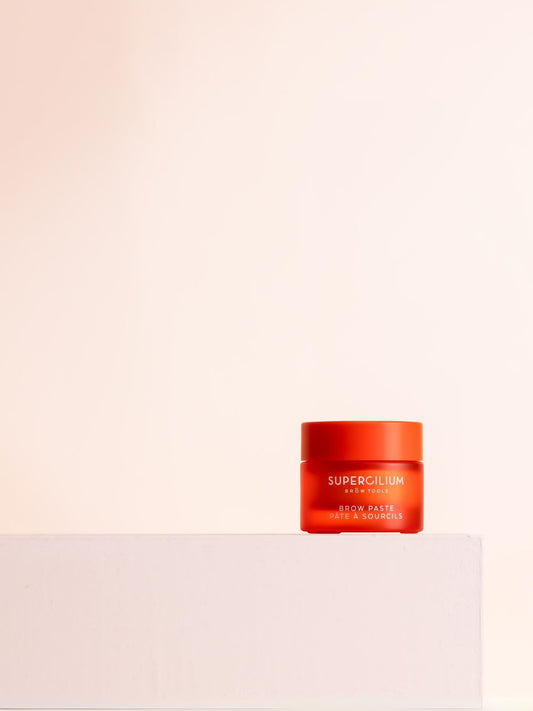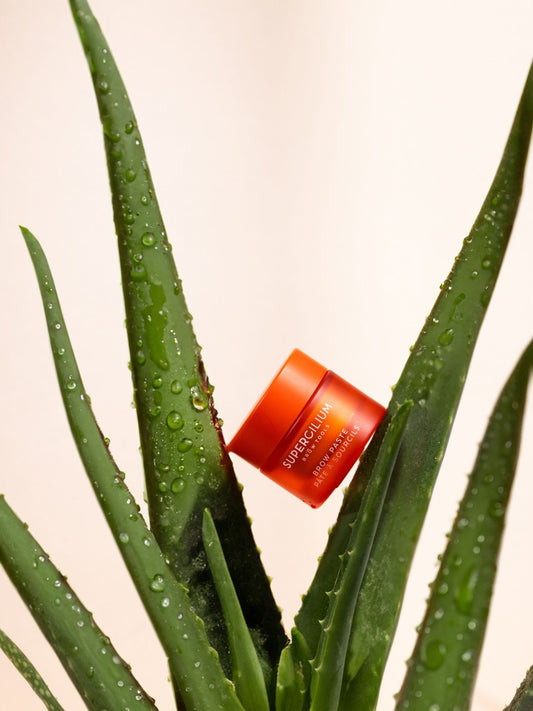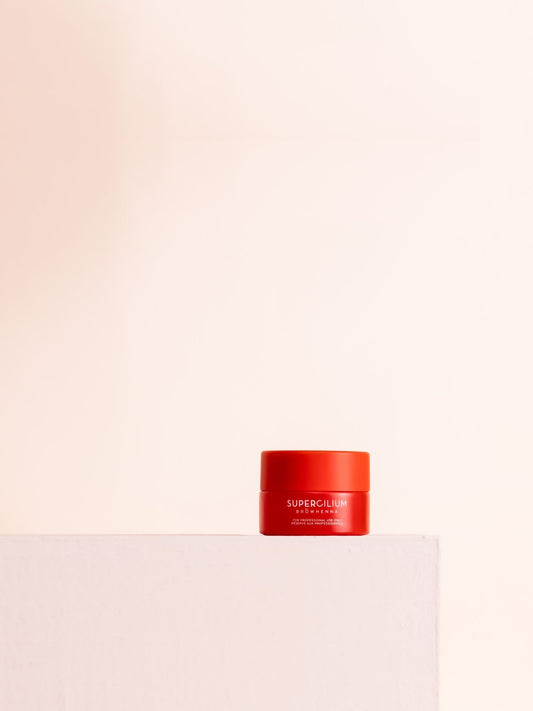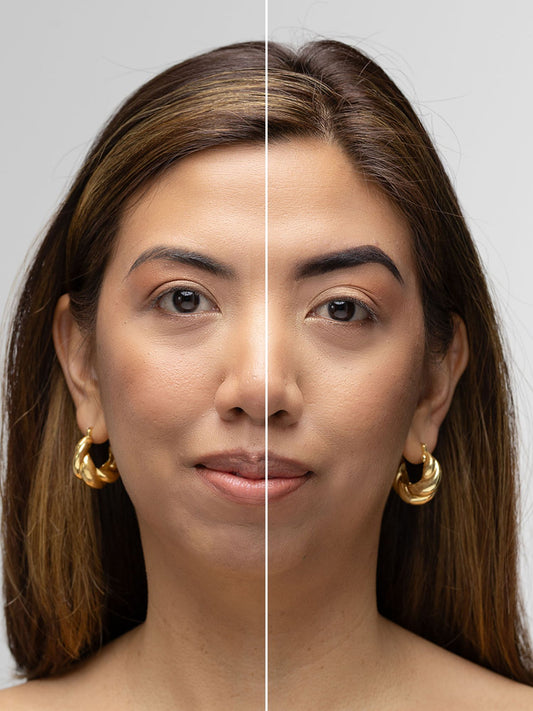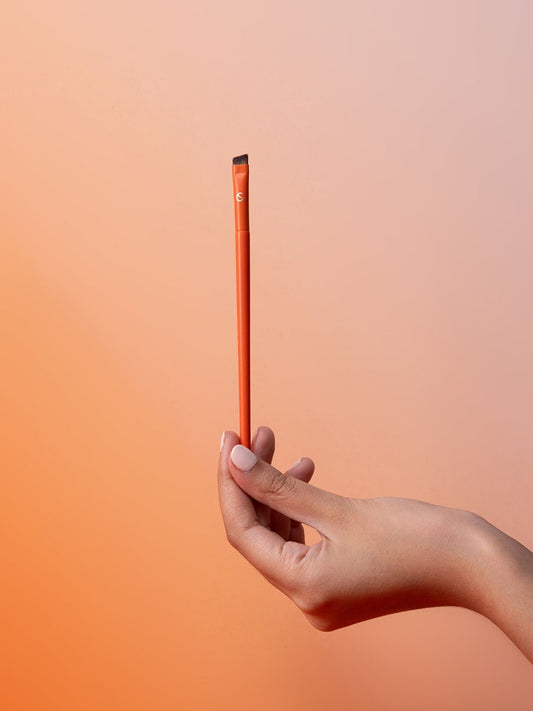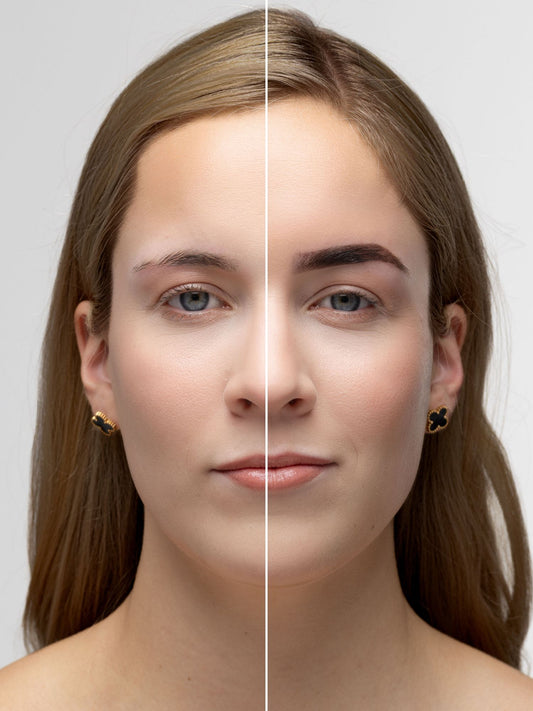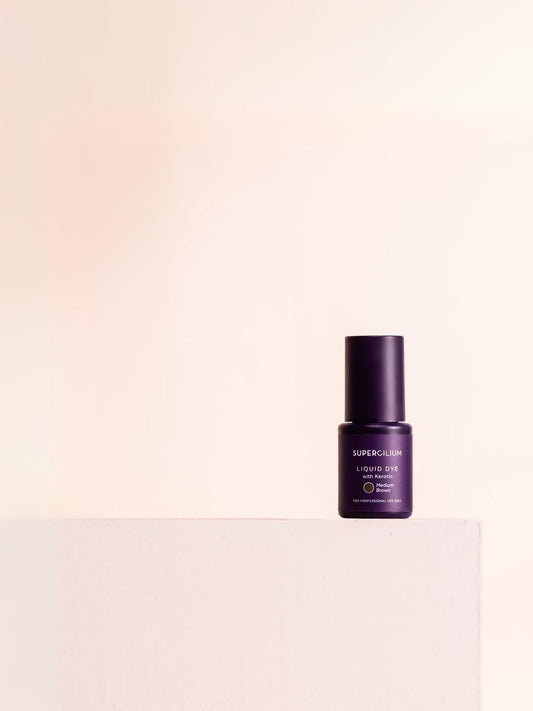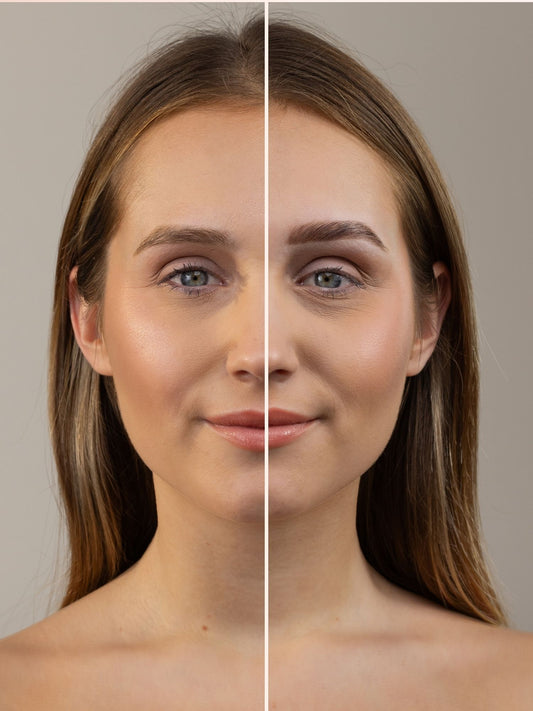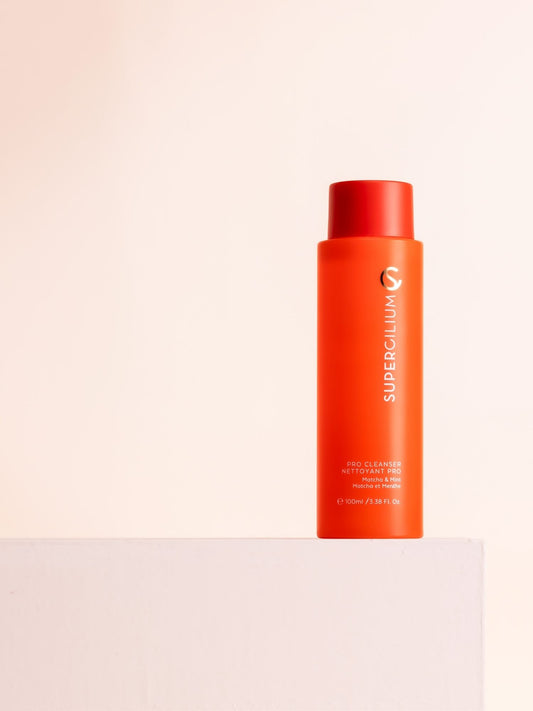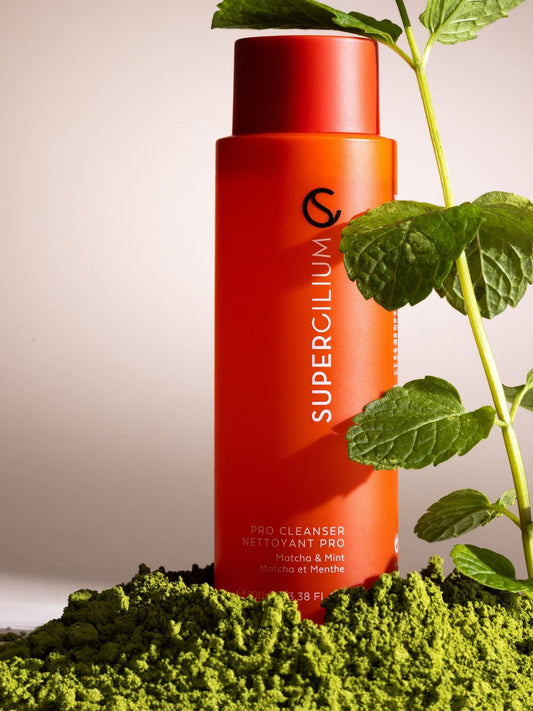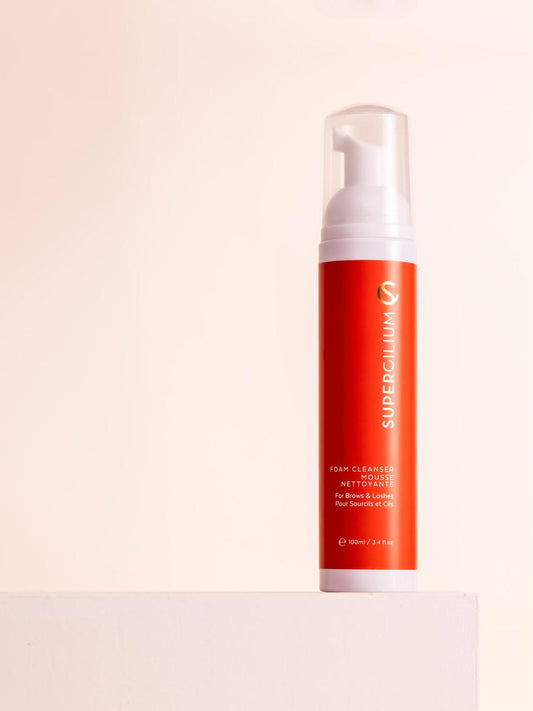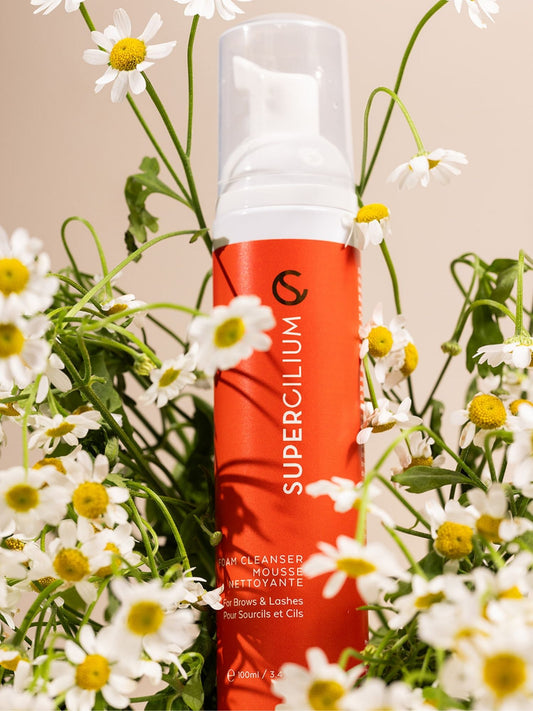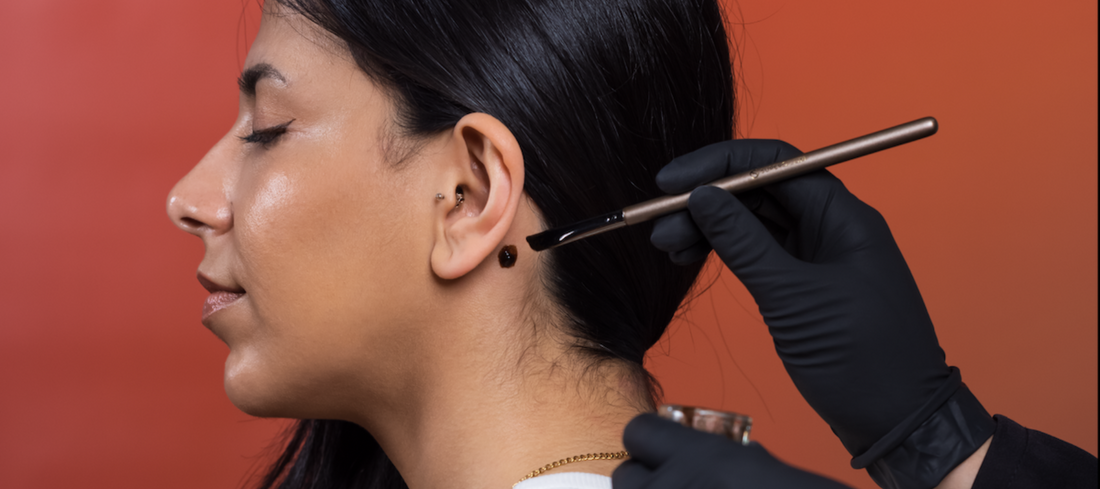
What is PPD Allergy?
written byManouk de Vries
In This Article
What is PPD?
PPD, or paraphenylenediamine, is a chemical substance commonly found in hair dyes, including those used for eyebrow tinting. It serves as a key ingredient in many hair color formulations due to its ability to produce long-lasting and vibrant color results and the famous skin stain. But here's the catch: while PPD works wonders for achieving perfect brow shades, it also comes with its fair share of risks, since some people are allergic to PPD. And although it’s only a really small percentage of people, since the reaction can be very severe, you have to take this seriously.
Allergic reactions to PPD can range from minor irritations to severe dermatitis, causing symptoms like itching, redness, swelling, and in more serious cases, blistering and oozing of the skin. Imagine the discomfort and distress this can cause for clients during brow tinting procedures! In the upcoming sections, we'll take a deeper dive into the world of PPD allergy. We'll explore its causes, symptoms, and implications for brow treatments. Plus, we'll share some valuable strategies for reducing the risk of allergic reactions and ensuring the safety of clients during brow tinting procedures.
Where do we find PPD?
You'll find PPD in various hair coloring products, from traditional dyes to more modern formulations like henna and semi-permanent tints. Its presence ensures that brow colors remain vibrant and fade-resistant, giving clients the picture-perfect look they desire. Some of our very own Supercilium products, including our Brow Henna and Liquid Dye, contain PPD, delivering stunning results that keep your clients coming back for more.
How to Identify PPD in eyebrow dye?
Identifying PPD requires a keen eye and a thorough understanding of product labels. When examining the ingredient list of a hair dye or cosmetic product, keep an eye out for any mention of Paraphenylenediamine or its alternative names, including P-Phenylenediamine or 1,4-Benzenediamine.
Importance of Patch Test
The patch test is crucial in safeguarding your clients against potential allergic reactions to PPD. While it may seem like a minor inconvenience, this simple procedure can prevent serious health complications and ensure a positive experience for your clients.
Remember, by conducting a patch test at least 48 hours before a hair dye or cosmetic treatment, you can identify individuals who may be hypersensitive to PPD or other ingredients in the product. This proactive approach allows you to mitigate risks, build trust with your clients, and demonstrate your commitment to their safety and well-being.
We always advise doing a patch test with every new client and re-do it again if you haven’t seen your customer for 6 months, or if she has been pregnant. People can develop new allergies at any moment in their life and also hormonal changes, like during pregnancies, can cause new allergies. A lot of people think you’re born with allergies, but that’s actually not true. Exposure to certain products can result in newly developed allergies.

When to do a Patch Test?
When conducting a patch test with Supercilium products, you must use the specific products you plan to apply during the treatment. For patch testing, you'll want to use a small amount of the Liquid Dye, or Brow Henna that you intend to use on your client's brows. We always advise using the darkest color in your collection for the patch test, since the darkest color also contains most PPD. If your client is allergic, big chance the allergy will show up in 48H when using these colors. This ensures that the patch test accurately reflects how the client's skin will react to the actual products you'll be using during their treatment.
How to do a Patch Test?
1. Get your products ready. If you are using Liquid Dye and Oxydant, mix them up in a 2:1 ratio – think of it like a recipe for your perfect brow shade!
2. Now, it's time for the patch test. Dab a tiny dot of the mixture behind the ear. You will check this tiny spot for any reactions.
3. Let it sit for about 10 minutes to develop.
4. After that, rinse it off with water. Easy, right? That's your quick patch test done, ensuring the brow treatment goes smoothly!
Read more about Patch Test before Brow Lamination in one of our blog posts here.
The client is allergic to PPD, what now?
If a client experiences an allergic reaction during the patch test or in the 48H afters, it's crucial to take immediate action to ensure their safety and well-being. Here are the steps to follow:
- Stop the treatment: Discontinue the use of any products that may have caused the allergic reaction immediately. This includes removing any remaining product from the client's skin or brows.
- Cleanse the area: Gently cleanse the affected area with mild soap and water to remove any traces of the product and soothe the skin.
- Apply a cold compress: If the client experiences discomfort or swelling, applying a cold compress to the affected area can help alleviate symptoms and reduce inflammation.
- Seek medical assistance: If the allergic reaction is severe or if the client experiences difficulty breathing, swelling of the face or throat, or any other concerning symptoms, seek medical assistance immediately. It's essential to prioritize the client's health and safety above all else.
- Document the reaction: Take note of the specific product used, the duration of the patch test, and any symptoms or reactions observed. This information will be valuable for future reference and can help inform your approach to patch testing in the future.
Types of allergic reactions
- Mild reactions: These are the ones that might give you pause but usually aren't cause for major concern. We're talking about a bit of itching, some redness, or maybe a touch of irritation around the brow area. Even if the reaction is only mild, don’t proceed with the treatment.
- Moderate reactions: Now, these reactions demand a bit more attention. Imagine your client starts developing swelling, raised bumps, or hives around their eyebrows. It's a sign that their body isn't thrilled with something in the mix, and it's time to take notice.
- Severe reactions: We're talking about difficulty breathing, intense swelling, a rapid heartbeat, or even a drop in blood pressure. These are the red flags waving frantically, telling you to act fast and keep a cool head.
- Anaphylaxis: This is the big one, and you want to make sure everything runs smoothly. Anaphylaxis is a full-blown emergency, with symptoms like throat swelling, trouble breathing, and a sudden drop in blood pressure. If you even suspect anaphylaxis, it's time to hit the panic button and get medical help immediately.

Remember, as brow professionals, you're the first line of defence when it comes to spotting allergic reactions in your clients. Stay vigilant, know the signs, and be prepared to act swiftly to ensure their safety and well-being.
Consent Forms
Before conducting any brow treatment, it's important to ensure that clients are fully informed about the potential risks and procedures involved! One way to do this is by using consent forms, which outline the details of the treatment, including the products used and the client's agreement to proceed with the service.
We make it easier for you and provide you with free consent forms on our website. These forms are a valuable tool for documenting client consent, understanding their medical history, and addressing any concerns or questions they might have before the treatment begins.
Download FREE Consent Forms
Download Brow Henna Consent Form
Download Brow & Lash Glaze Consent Form
Download Brow and Lash Dye Form
With these forms in hand, you're all set to elevate your brow game while ensuring the safety and satisfaction of your clients.
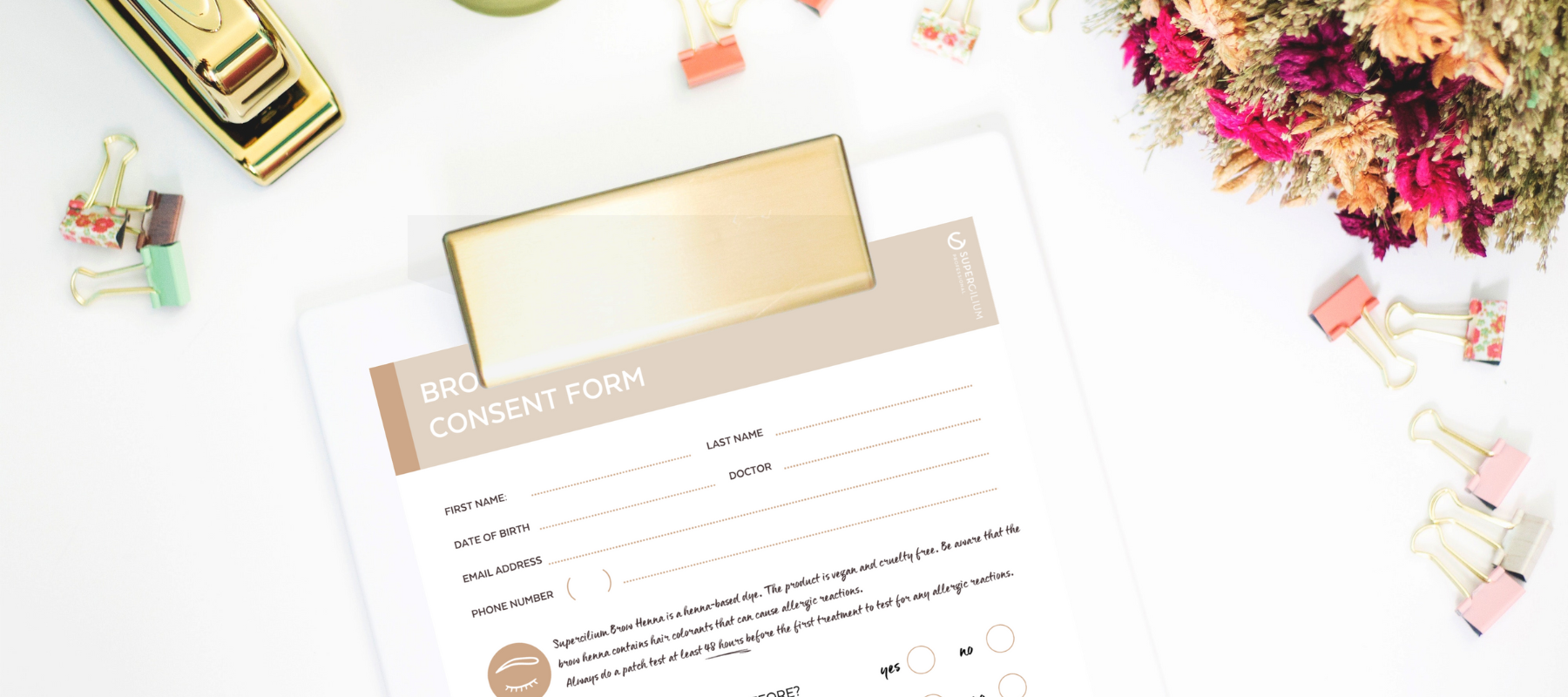
Remember, your dedication to excellence and your commitment to your client's well-being are what truly set you apart as a brow professional. Together, let's continue to raise the standard of brow care and ensure that every client leaves our salons feeling beautiful, confident, and safe!
If you ever need assistance, whether it's handling an allergic reaction or seeking guidance on best practices, don't hesitate to reach out to us via hello@supercilium.com. We're here to support you every step of the way, ensuring that you and your clients enjoy a seamless and rewarding brow experience.


